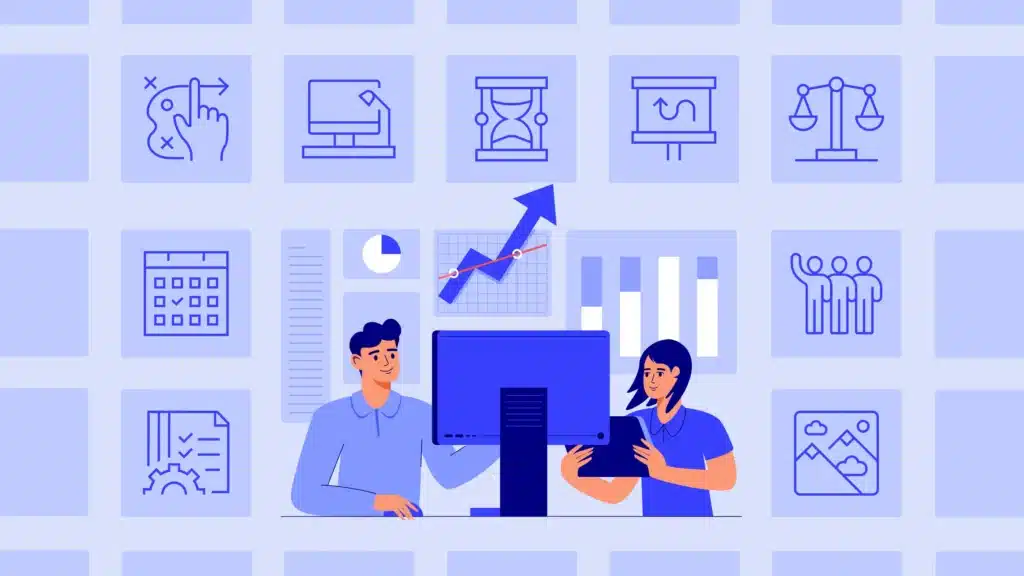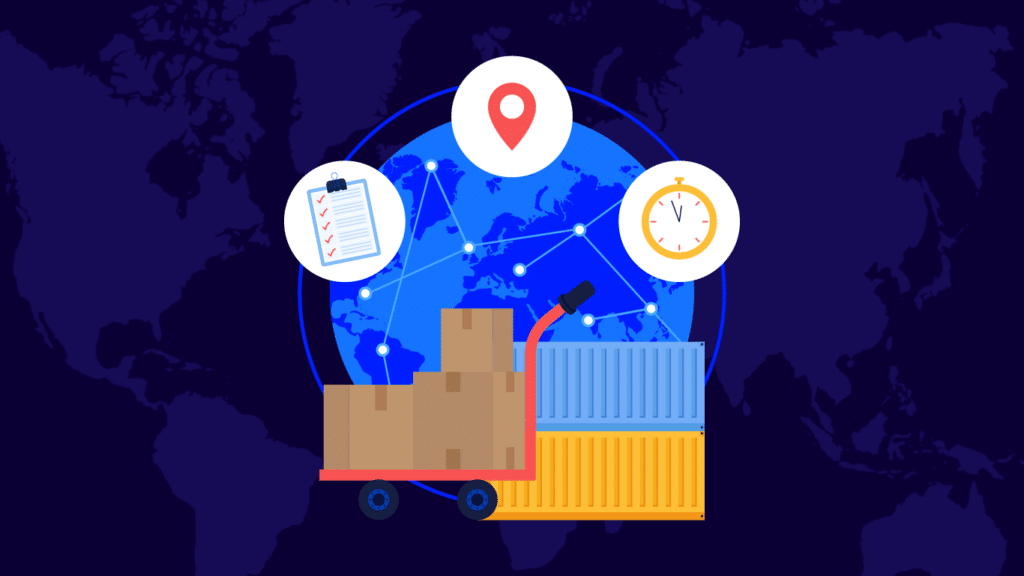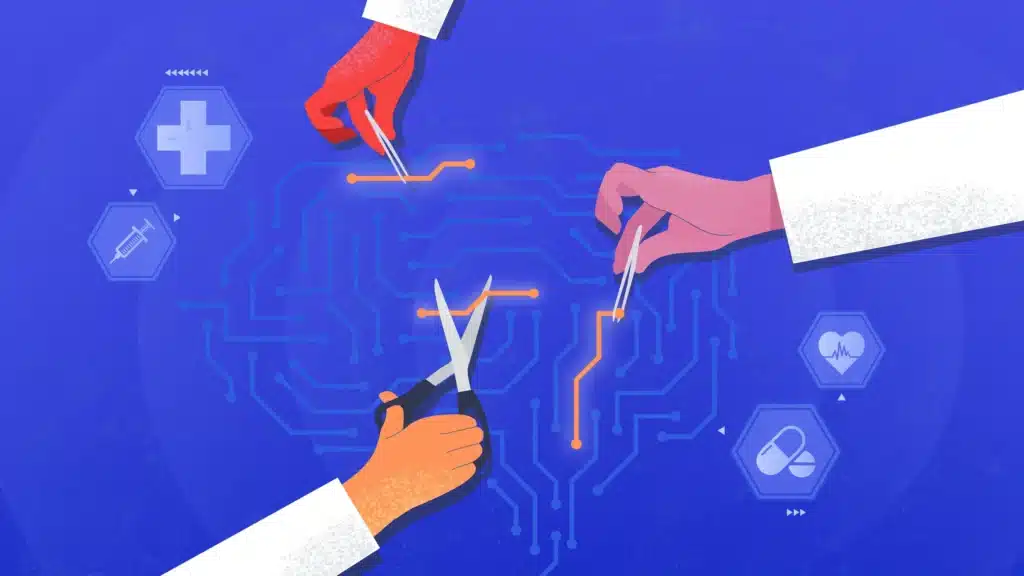In today’s complex business environment, how organizations with large vendor portfolios manage their supplier relationships can make the difference between merely surviving and thriving. Yet many enterprises continue to view procurement through a transactional lens, potentially leaving significant value on the table. The key to unlocking this value lies in transforming procurement from an inputs sourcing focus to one focused on nurturing strategic partnerships.
The partnership paradigm
James P. Carse once noted that “a finite game is played for the purpose of winning, an infinite game for the purpose of continuing the play.” This distinction perfectly captures the fundamental difference between transactional relationships and authentic partnerships in the business world. Transactional relationships operate in a zero-sum game where value is seen as scarce and must be competed away from other players. Partnerships approach value as abundant and seek collaboration for mutual benefit.
Consider this: In the United States, companies make fixed investments in goods and services worth $628B annually. The way procurement functions handle these investments can dramatically impact their realized value. Leading procurement organizations deliver 60% higher returns on their invested assets, yet many companies still struggle with a disconnect between procurement’s potential and its perceived value.
The human element is the missing piece in procurement architecture
At the heart of this disconnect lies a crucial oversight: the human element in procurement processes. Humans have two fundamental behavioral adaptations that significantly influence relationship-building:
- A bias toward friendliness – a risk-tolerant presumption of positive intent
- A self-defense instinct – a desire to protect against actual or perceived exploitation
Current large scale procurement structures often neglect these human elements, triggering defensive instincts that create a vicious cycle of combative negotiations. Instead, procurement functions should create frameworks that encourage a virtuous cycle of rewarded vulnerability, leading to trust, partnership, and value co-creation.
The evolution of procurement roles
Organizations with formal procurement functions need to augment this function’s traditional purchasing and resource stewardship roles to transform procurement into a strategic function that generates partnership value. We propose three crucial evolved roles:
Experience management
- Applies a customer-centric lens to suppliers
- Manages the entire supplier experience, from onboarding to payment
- Seeks to understand the supplier’s potential as a partner
Ombudsman
- Advocates for changes to increase suppliers’ offerings value
- Manages frictions as learning opportunities to improve service delivery
- Proactively resolves tensions collaboratively to minimize harm to relationships
Innovation incubator
- Collaborates with multiple suppliers on new offerings
- Identifies market gaps
- Manages uncertainty in product development
This transformation of procurement has two critical preconditions:
- Senior leadership must view procurement as a strategic function and be willing to invest in changes that will affect how suppliers perceive the company as a customer
- The organization must have a clear understanding of which suppliers have the highest impact on profits so that these investments focus on the most critical inputs into the company’s role in the value chain
3 steps to start the transformation journey
Organizations can begin this journey with practical steps:
Gather feedback
Use focus groups and surveys to understand supplier perspectives and improve the procurement experience. Recent tendering processes can provide a valuable retrospective, allowing you to ask suppliers what, if anything, would have helped them provide a more informative response.
Map the supplier journey
Conduct a comprehensive review of your supplier interactions, identifying pain points and opportunities for collaboration. You may be surprised to learn how small changes can dramatically reduce the friction suppliers face when attempting to serve your business.
Pilot partnership programs
Start with a small group of trusted suppliers, exempting them from standard processes to co-create new approaches to partnership. These suppliers should be well regarded by internal customers for both the quality of their input and their business integrity.
The path forward
Peter Bernstein wisely noted, “In a mathematical sense, a zero-sum game is a loser’s game when it is valued in terms of utility. The best decision for both is to refuse to play this game.”
The future of enterprise procurement lies not in negotiating the best price but in creating the most value. By building genuine partnerships, organizations can transform procurement from a cost center into a strategic value driver that generates sustainable competitive advantage.
The question is not whether to make this transformation but how quickly you can begin the journey. In today’s rapidly evolving business landscape, the organizations that thrive will master the art of building and maintaining a large portfolio of strategic supplier partnerships through procurement excellence.





















